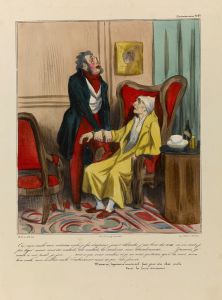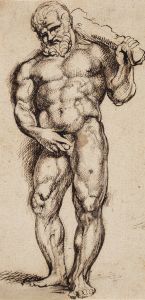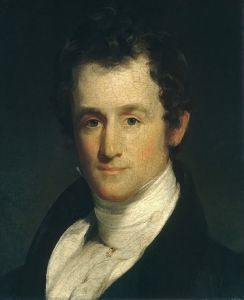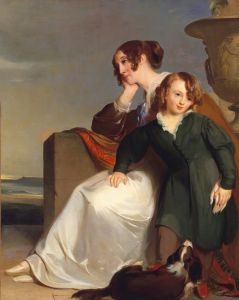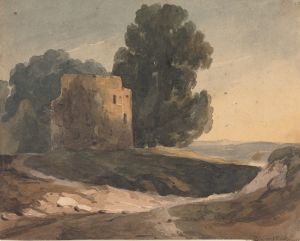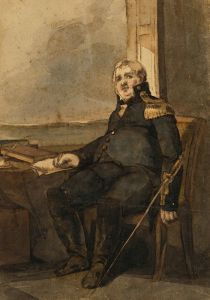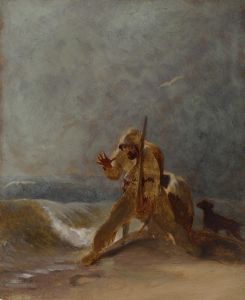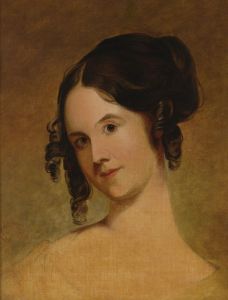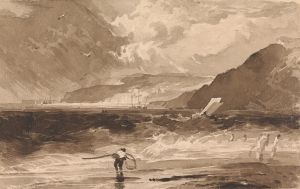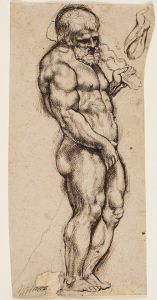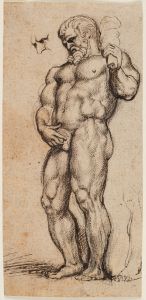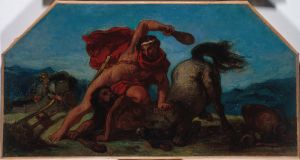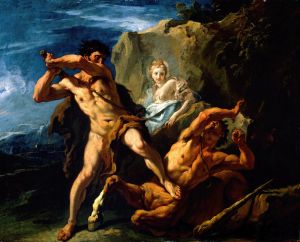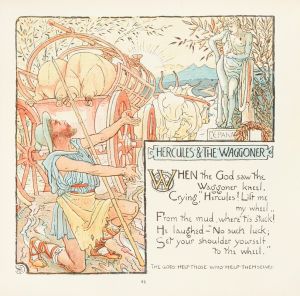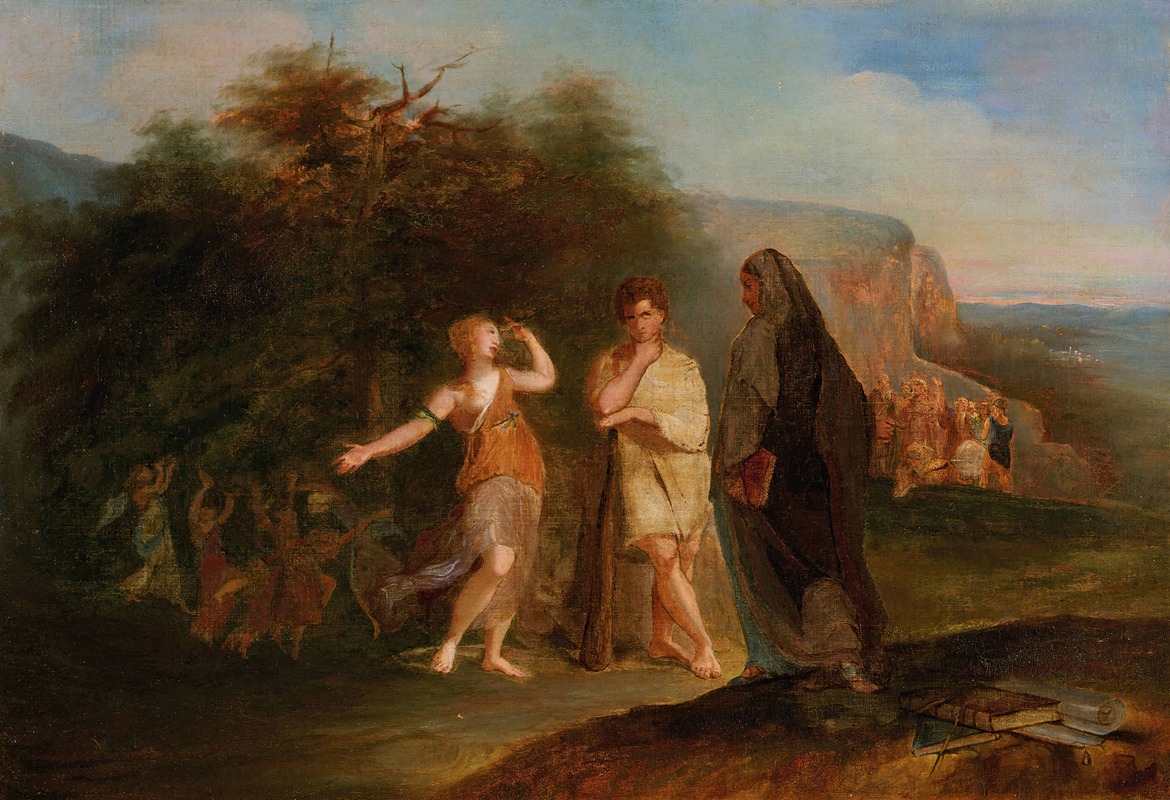
Choice of Hercules
A hand-painted replica of Thomas Sully’s masterpiece Choice of Hercules, meticulously crafted by professional artists to capture the true essence of the original. Each piece is created with museum-quality canvas and rare mineral pigments, carefully painted by experienced artists with delicate brushstrokes and rich, layered colors to perfectly recreate the texture of the original artwork. Unlike machine-printed reproductions, this hand-painted version brings the painting to life, infused with the artist’s emotions and skill in every stroke. Whether for personal collection or home decoration, it instantly elevates the artistic atmosphere of any space.
"Choice of Hercules" is a painting created by the American artist Thomas Sully in 1848. Sully, born in 1783 in Horncastle, Lincolnshire, England, was a prominent portrait painter who spent most of his career in the United States. He is best known for his portraits of notable figures, including President Andrew Jackson and Queen Victoria.
The painting "Choice of Hercules" depicts a classical theme derived from ancient Greek mythology. The story of Hercules at the crossroads, also known as the Choice of Hercules, originates from the writings of the ancient Greek philosopher Prodicus, as recounted by Xenophon in his work "Memorabilia." According to the myth, Hercules, the son of Zeus and Alcmene, is confronted by two women representing Virtue and Vice at a crossroads. Each woman offers him a different path: Virtue promises a life of hardship and glory, while Vice offers a life of ease and pleasure.
In Sully's interpretation, Hercules is shown as a young man standing at the crossroads, with Virtue and Vice personified as two women. Virtue, often depicted in classical attire, gestures towards a rugged path leading to a distant temple, symbolizing the arduous journey towards honor and moral excellence. Vice, on the other hand, is typically portrayed in more seductive and luxurious clothing, pointing towards a path of immediate gratification and ease.
Sully's painting captures the moment of decision, emphasizing the moral and ethical dilemma faced by Hercules. The composition and use of light in the painting highlight the contrast between the two paths, with Virtue bathed in a more divine and serene light, while Vice is often shown in a more shadowy and alluring manner. This visual dichotomy reinforces the moral message of the story, encouraging viewers to reflect on the choices they make in their own lives.
"Choice of Hercules" is an example of Sully's ability to blend classical themes with his own artistic style, which was influenced by his studies in London under the American painter Benjamin West and his exposure to European art during his travels. Sully's work is characterized by its attention to detail, use of color, and ability to convey emotion and narrative through his compositions.
The painting is part of the collection at the Pennsylvania Academy of the Fine Arts in Philadelphia, where Sully was a member and exhibited his works. The academy, founded in 1805, is one of the oldest art museums and schools in the United States, and it played a significant role in the development of American art in the 19th century.
Thomas Sully's "Choice of Hercules" remains an important work in the history of American art, reflecting both the artist's skill and the enduring appeal of classical mythology in visual storytelling. The painting continues to be studied and appreciated for its artistic and cultural significance.





